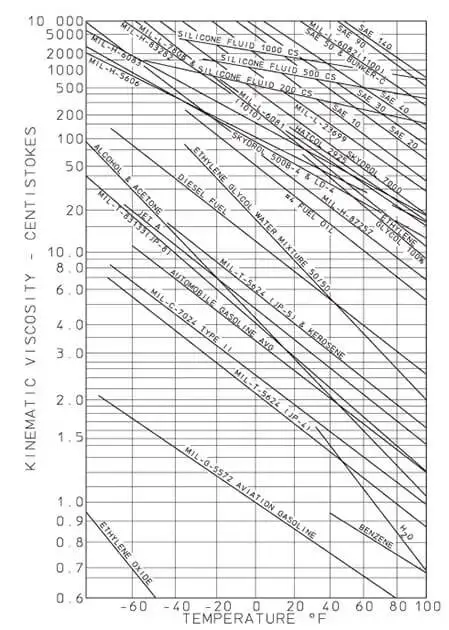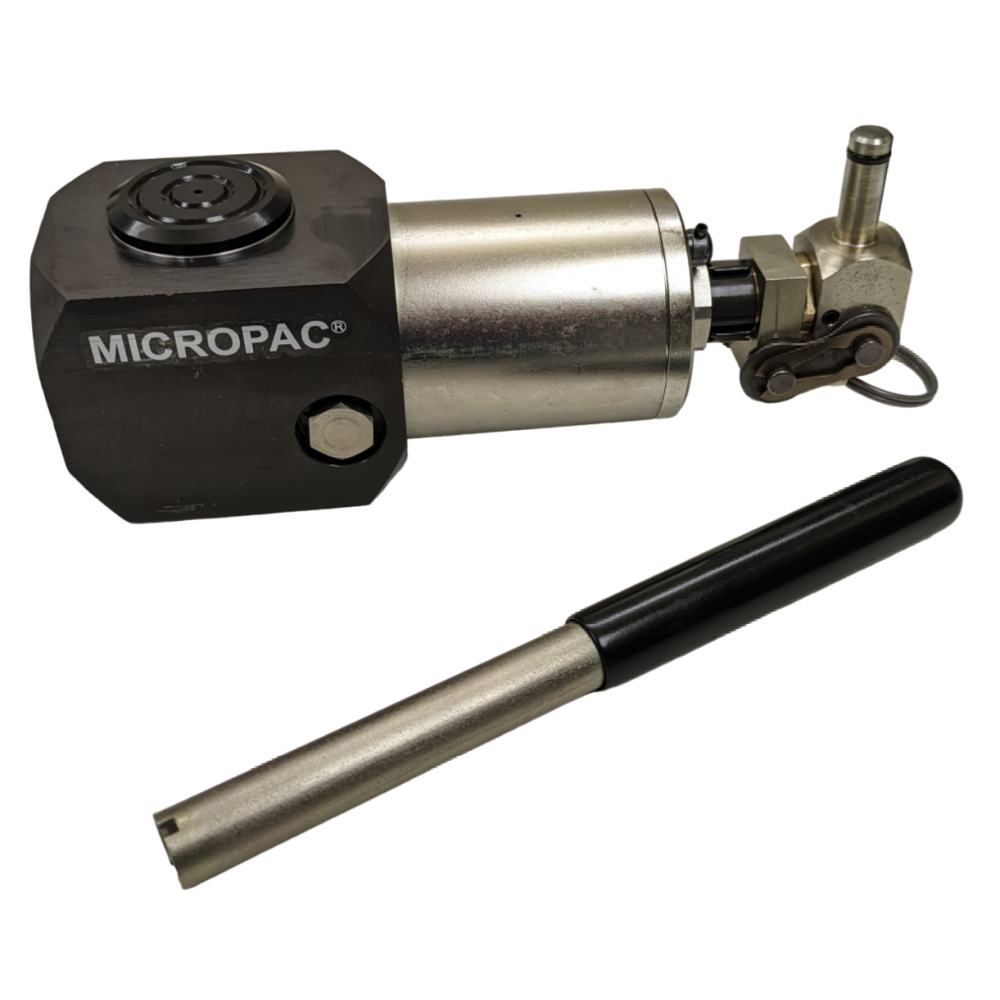“At what temperature does oil freeze?” and other seasonal questions
September 24, 2023
Why even if winter doesn’t challenge your viscosity of hydraulic oil, it still isn’t the best season for hydraulics.
Should the seasons of the years matter to a hydraulic system? That probably depends where you are in the world and what sort of state the system is in. Extreme temperatures like those in Siberia or Northern Canada will test systems to the limit both in their design and also their state of maintenance.
Because of the global market for hydraulic equipment and not always knowing where your OEM kit might end up, we thing extreme cold should always be on the designer’s agenda.
So at what temperature does oil freeze? If low temperature hydraulic fluid has not been used, you could well find that the ambient temperature is below the pour point of the oil and it is solid. The pour point is when the oil simply goes solid and won’t pour. Well before then, it will have become steadily more viscous, potentially allowing the system to not prime properly and be starved of lubrication.
For years, we have used the Lee Products hydraulic oil viscosity chart on http://www.leeimh.com/images/p146_graph.gif and http://www.leeimh.com/images/p147_graph.gif (see below).
It is in Fahrenheit, but it is invaluable. You’ll see some hydraulic fluids really become very viscous very quickly as temperature drops. Hydraulic oil viscosity is something you just need to be on top of. Now look at Skydrol aerospace hydraulic fluid and this is remarkable at low temperatures, as exactly you would hope if the hydraulic undercarriage of your Airbus is down at -40 degrees C up at 10,000 metres. If anybody says “low temperature operation” to you, always find out exactly how low they are talking about! You can look at comparable viscosities on other everyday fluids to get a “feel” or a comparison. We have run a pump at room temperature on a viscous fluid to replicate using it on another oil at low temperature, but over the years have also soaked a unit down to -20 degrees C in a friendly cold room to test it.

So what else happens to hydraulics at low temperatures other than having to operate on viscous oil, assuming a heater has not been fitted to the reservoir? Seals might be too brittle to work in the cold weather. The viscosity will make rams slow and pumps struggle. Don’t forget the issues of needing to operate equipment in gloves to avoid heat burn.
Come back to the UK and we are pretty lucky people. We rarely have to see the temperature swings that are seen even a few hundred miles to the east or north of us. The swing between summer and winter in the UK is considerably less than quite a few other areas of the world.
So now the nights are drawing in, what are the risks for winter hydraulics in the UK?
Yes, lower temperatures mean more viscous oil and harder seals. Maybe the UK climate is more forgiving on the temperature front, but we do live in a damp and soggy country. Add in a few of those Atlantic storms sweeping in and we would focus first on obvious hydraulic shortcomings then move on to weatherproofing.
What would we do?
1) Hoses and couplings
Check for damaged hoses and leaking quick disconnects. Honestly, they do only have a finite life. Change them to suit you rather than struggling in the cold and dark.
2) Cylinders
Get that weeping ram sorted. Maybe a bearing U-seal has been damaged and weeping for ages, but lower temperatures could just make it fail altogether.
3) Reservoirs
Oil reservoirs can build up ridiculous levels of water in the oil. Big temperature swings bring condensation and sweating in reservoirs. Change the oil and think hard about using a pressurised filler breather that cuts the continuous flow of damp air in and out of the tank. Thinking of damp air, condensation and temperature swings always makes us appreciate the 316 stainless reservoir option on our main stocked range of “Micropac” equipment from Sarum Hydraulics. On pressurised filler breathers, we use Elesa (http://www.elesa-ganter.com/en/2/sp/7604/4/92/double-valve-pressurised-breather-caps/sfw./eg/). Or fit a water removal filter like one we have used here on in-house equipment: http://www.filtertechnik.co.uk/product/kw-schroeder-elements-water-removal.
4) Filters
Swap out any filters that are overdue or getting near the red sector on the clogging indicator. Should you risk equivalents from a one stop shop or original equipment? We sell the Sarum Hydraulics MX series stainless filter units and can offer cost effective replacement elements from stock. Over the years on other equipment, we have always used original Hydac and MP Filtri elements for bought in filters.
5) Motors
If you have any motors or valves that are tripping out and troublesome, get an electrician in and find out what the problem is.
6) Weatherproofing
Check weatherproofing. Replace broken covers, glands and housings. In fact anything that could let the weather in.
7) Compressors
And we know it is non-hydraulic, but is that compressor in its outside enclosure up to speed? Is it weather proof? If water gets in to the electrics, that is a disaster. Are the pneumatics working properly? If there is a pressure switch, make sure it is cutting out correctly. Was it serviced during the good weather? Clogged filters or dirty oil will cut the life of your compressor.
Overall, we reckon that you don’t want breakdowns on mobile plant and forced maintenance outside in the winter if you missed the chance to sort it in the autumn.

Leave A Comment